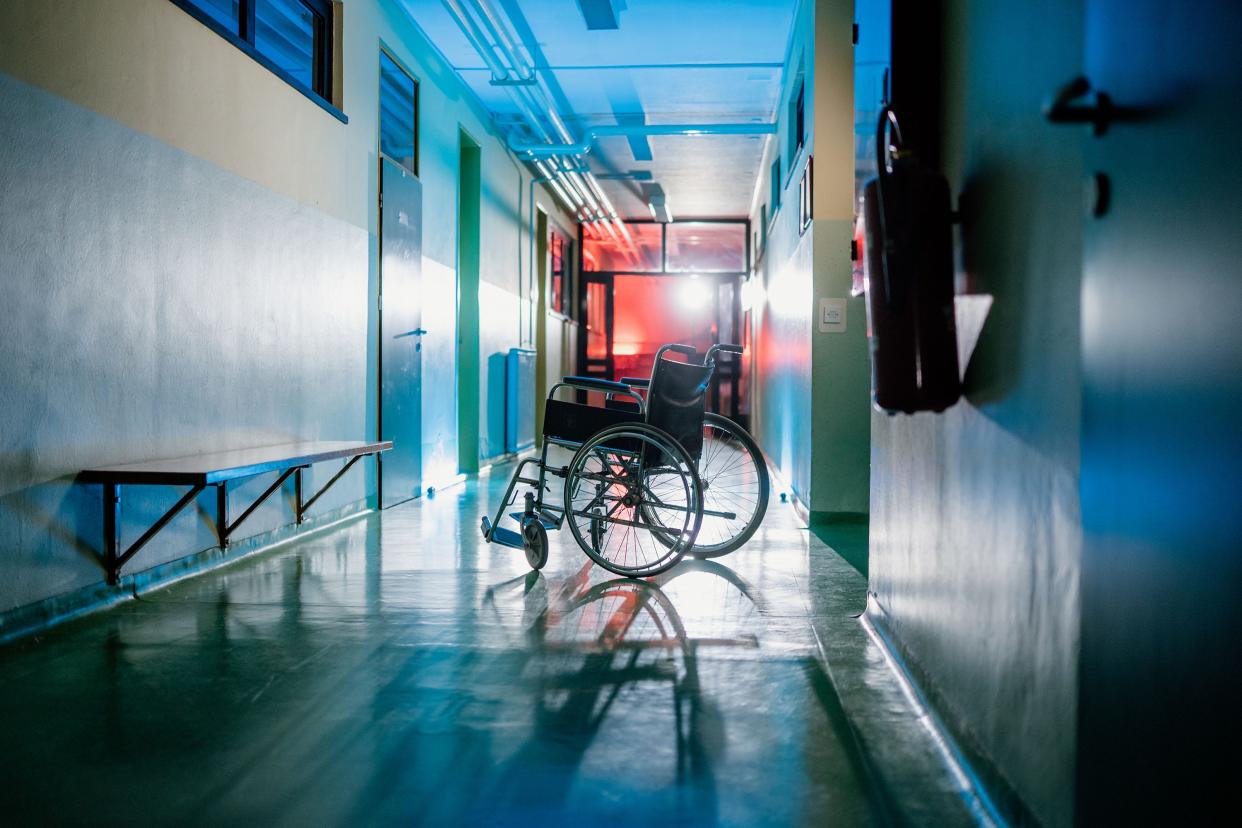Guest: If funding woes aren't addressed, Oklahoma nursing homes face 'full-blown crisis'

When my father became ill and could no longer care for himself, my family and I made the difficult decision to place him in a skilled nursing facility in his hometown of Mangum. The health care community offered around-the-clock assistance and care in a way we were not able to replicate in either his home or one of ours. When he was alive, it was a blessing for him to be able to live in a vibrant, social environment surrounded by compassionate, well-trained nursing staff. When his health began to deteriorate further, those nursing professionals made sure he spent the last few weeks of his life in dignity and as much comfort as was possible.
Nursing homes like the one that served my father are now increasingly in danger of closing due to the skyrocketing cost of labor, inflation on necessary items such as food and utilities, and continuing expenses tied to COVID. If that happens, communities like Mangum would suffer devastating economic blows, as many rural skilled nursing communities are the largest non-government employers in their town. Closures are also a tragedy for families and residents, who are either transitioned to home environments without the level of care they need, backed up in critical hospital beds or transferred to locations far away from their local communities.
More:Guest column: This new year, make sure Oklahoma nursing staff understand their value
The funding shortfall nursing homes face is very real, and it is scary. The Oklahoma Health Care Authority estimates that, beginning in July 2023, the cost of caring for every Medicaid resident will be $57 more than what skilled nursing communities are reimbursed for providing that care. Over 70% of residents are eligible for Medicaid, which means most residents' cost of care is greater than the reimbursement provided. Residents who use Medicare or private health plans to pay their bills can make up for some of those losses, but not all of them. That is why, according to a recent survey from the American Health Care Association and National Center for Assisted Living (AHCA/NCAL), more than 50% of all nursing facilities reported operating at a loss.

State legislators and Gov. Kevin Stitt previously have made the decision to increase funding for skilled nursing facilities with impressive results. When lawmakers passed Senate Bill 280 in 2019, they tied a significant funding increase to quality metrics in four areas. The results below paint a compelling picture:
The percentage of residents who lost too much weight declined from 5.87% in 2019 to 4.49% in 2022, and Oklahoma’s national ranking in this area improved from 31 to 1.
The percentage of residents on antipsychotics declined from 18.88% to 14.18%, and our rank improved from 50 to 21.
The percentage of residents with urinary tract infections declined from 4.84% to 3.53%, and our rank improved from 51 (dead last) to 47.
The percentage of residents with pressure ulcers declined from 9.71% to 8.98%, and our rank improved from 49 to 35.
In three short years, Oklahoma nursing homes have rewarded lawmakers for their investment by showing dramatic improvement. In fact, the 2019 funding increase surely would have been enough to support steady improvement for many years to come were it not for the rapidly increasing cost of labor combined with COVID-related expenses, such as dedicated quarantine areas for infected patients, testing protocols and PPE.
More:Guest: Universities should be preparing the future workforce
Beginning in July of this year, Oklahoma skilled nursing professionals and residents will go down one of two paths. Either lawmakers will acknowledge skilled nursing facilities as a priority and divert some of our significant budget surplus to shoring up these critical services, or we will face a full-blown crisis brought on by rising costs associated with COVID and labor. If the latter occurs, it will be nothing short of a nightmare for vulnerable seniors, their families, and their neighbors and friends. Lawmakers should make every effort to ensure that doomsday scenario never comes to pass.

Steven Buck is president and CEO of Care Providers Oklahoma.
This article originally appeared on Oklahoman: Why Oklahoma nursing homes could be facing 'full-blown' crisis

